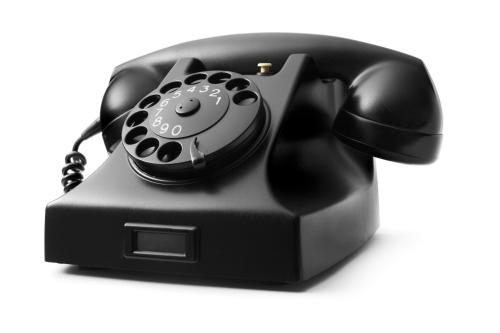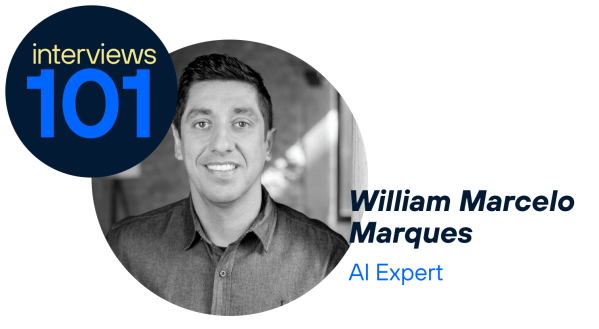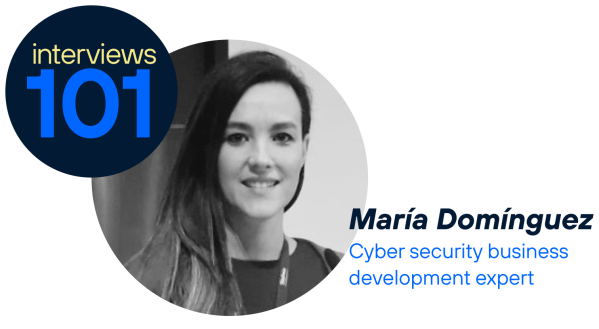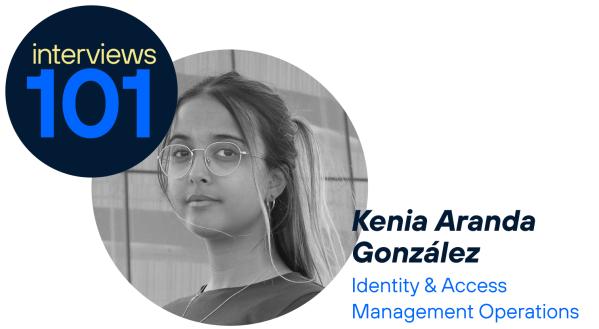Tell us a little about yourself. What does your job at Telefónica involve?
I am a Telecommunications Engineer and I have been working for around 20 years in different parts of Telefónica in various fields; from development and integration to technology consultancy or product management or strategy.
I am currently part of the Strategy area at Telefónica Tech, where we are dedicated to defining, with the invaluable and totally necessary collaboration of the technological and product areas, our next moves and positioning, both technological and business, in technological areas such as Cloud, Cybersecurity, IoT and AI/Data.
What exactly is the Internet of Things or IoT?
The Internet of Things (IoT) is about connecting things, physical elements, to better understand our environment and be able to interact with it and even with each other. Imagine if all the objects we use every day could connect to the internet and communicate with each other.
That’s basically what the Internet of Things is. They are everyday devices equipped with sensors and connectivity that can collect and share data.
From your fridge to your car, including the street lamps, all connected and ‘talking’ to each other, giving us information to better understand what is happening in real time (or almost) and to be able to act optimally on that reality to make processes more efficient, use resources, etc.
What are its main characteristics?
The key feature of the IoT is obviously connectivity, but other key elements are the ability to collect data (using all kinds of sensors according to needs) in real time, the automation of tasks and the possibility of controlling devices remotely.
Think about being able to adjust the heating in your house from work or an irrigation sensor that decides when to water the plants based on the humidity of the soil or connected cars that can communicate with those around them or with the city’s infrastructure and pedestrians to optimise traffic and maximise safety.
What challenges does this technology face in the medium term?
According to all the studies with all kinds of companies in the sector (both suppliers and users), the biggest challenges for IoT are around security and privacy. With so many connected devices, we have many more security breach points, so we need to make sure our data is protected.
In addition, there is also the challenge of standardisation: we need all these devices to ‘speak the same language’.
And finally, let’s not forget energy consumption; we want the IoT to be as efficient as possible so that connected devices can depend less and less on energy sources, whether electricity or batteries.
What benefits will its development bring?
The benefits are enormous in different areas, sectors and verticals. On a personal level, it can make our lives more comfortable and efficient, making it easier and more convenient for us to interact with our surroundings.
At a business level, it has been helping to optimise processes and reduce manufacturing and operating costs, etc., for years now. In specific areas such as cities (what we are starting to know as Smart Cities), it can improve services such as transport, waste management or energy and resource efficiency in different areas (street lighting, water cycle, etc.).
And in a field like healthcare, imagine devices that constantly monitor our condition and alert doctors in real time if something goes wrong.
What other technologies are driving the development of the Internet of Things?
The IoT is not alone in this. Big Data, Artificial Intelligence and Machine Learning are crucial to make sense of the large amount of data collected by IoT devices and to improve their use (e.g. predictive maintenance of manufacturing machines, prediction of anomalies, etc.).
Big Data provides the tools to analyse and make sense of these vast volumes of information, while AI and ML allow us to gain valuable insights and make more informed decisions with application in virtually any field and sector.
5G technology is also providing the speed and capacity needed to handle so many connected devices or enable use cases that require high bandwidth and minimal latency (e.g. autonomous vehicle guidance, machine vision in industrial environments, etc.).
Finally, there is also the Cloud, which offers the storage and processing we need for all this information.
What role does the IoT play in the technological revolution in which we are immersed?
The IoT is a fundamental part of this revolution. It is changing the way we interact with reality and what is happening in it, making it more integrated into our daily lives; it is driving the digital transformation in entire industries and is a key component in the development of smart cities, connected homes, precision agriculture, manufacturing and logistics processes, etc.
Who do you nominate from Telefónica for this interview that you consider to be excellent in their work?
My colleague Brian Latham, who I think does a spectacular job at all times.












